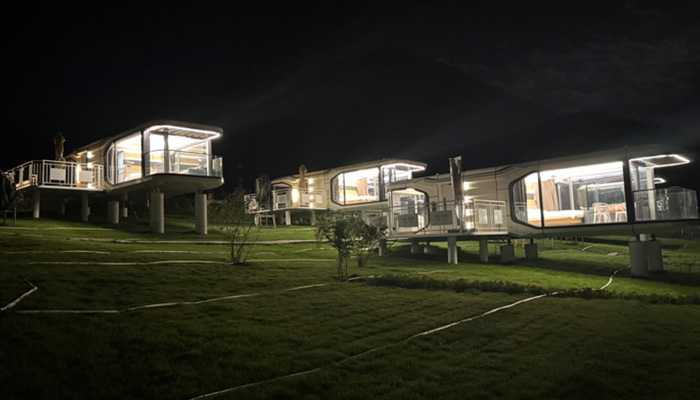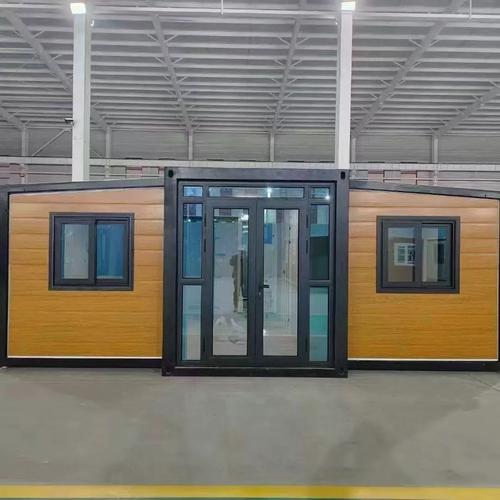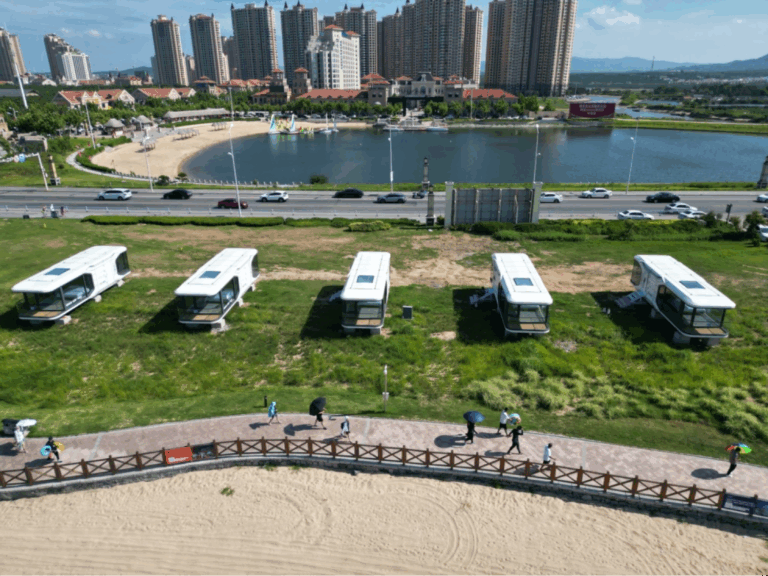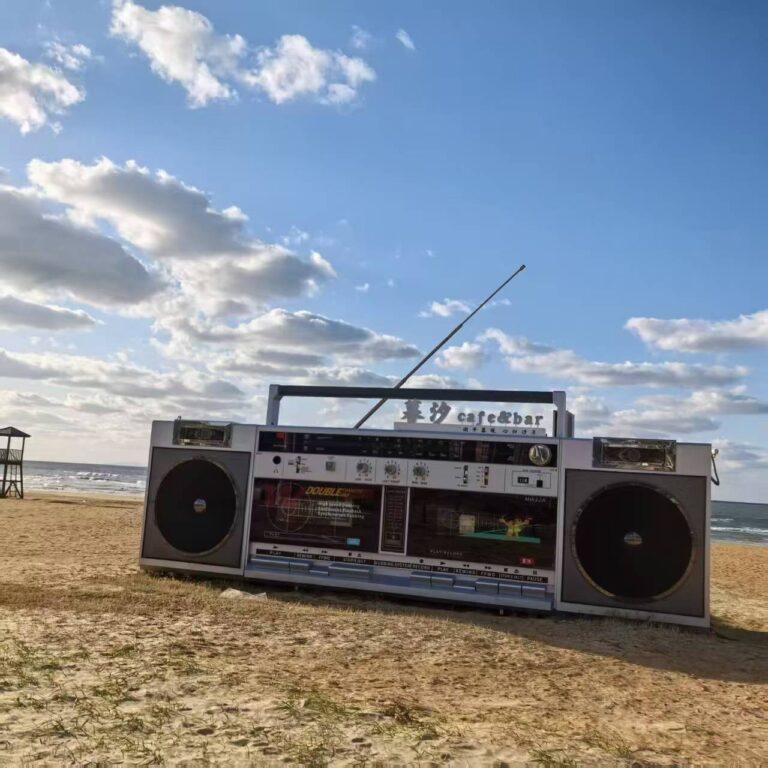Space Capsule Houses are transforming how we think about living spaces. These modular homes pack efficiency, comfort, and sustainability into compact, futuristic units. As urban areas grow denser and construction costs rise, modular living solutions like Space Capsule Houses offer a smart, affordable alternative. At Starlink Building Technology (Weihai) Co., Ltd., we lead the way with innovative designs that meet modern demands. This article explores why Space Capsule Houses represent the future of housing — with data, real examples, and industry insights.
Table of Contents
Space Efficiency: Maximizing Every Inch
Space Capsule Houses excel at squeezing maximum utility into minimal footprints. The compact design uses multifunctional furniture and modular layouts to make small spaces feel larger. Urban dwellers, especially in crowded cities, can benefit greatly.
Data backs this up: studies show modular living can reduce space requirements by up to 30%, while increasing usability and comfort.
Starlink’s capsule homes use precision engineering to optimize every square meter. For instance, the Space Capsule House PRO A7 integrates built-in storage and convertible furniture, boosting liveable area without expanding size. This smart use of space addresses the critical pain point of limited urban land.
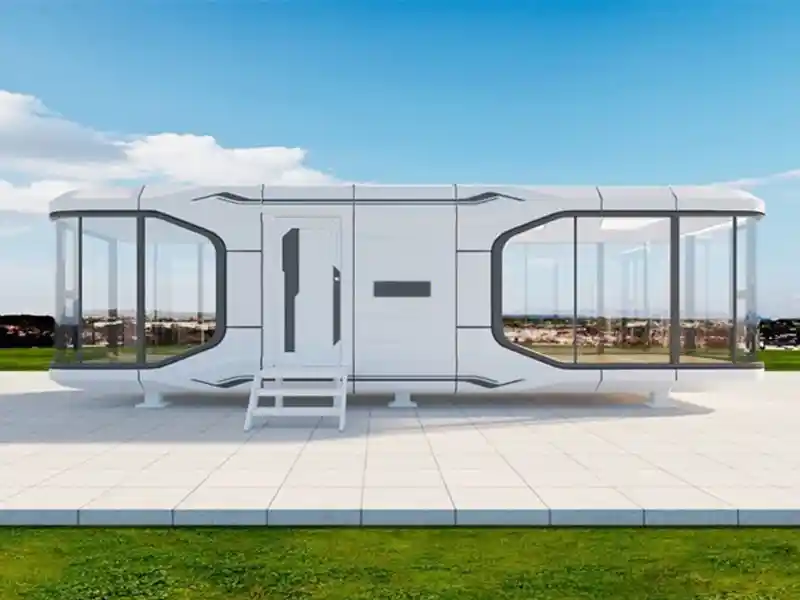
In conclusion, the superior space efficiency of capsule homes solves the urban space crunch without sacrificing comfort.
Eco-Friendly Materials: Building a Sustainable Future
Sustainability drives demand for modular homes. Space Capsule Houses use lightweight, durable materials like high-strength alloys and eco-friendly composites. These materials not only extend lifespan but also improve insulation, lowering energy consumption.
According to industry data, homes built with such materials can reduce energy use by 20-25% annually.
At Starlink Building Technology, we emphasize green building practices. Our Space Capsule Houses incorporate energy-saving insulation and recycled materials, cutting carbon footprints. This eco-conscious design appeals to environmentally-aware consumers and businesses.
Therefore, the eco-friendly nature of capsule houses aligns perfectly with global sustainability goals.
Smart Home Integration: Technology Meets Comfort
Space Capsule Houses are not just small; they’re smart. Many models integrate advanced life-support systems such as air filtration, humidity control, and water recycling. Add smart climate control and security systems, and you get a home that adapts to your lifestyle.
Real case: The Apple Cabin PRO C7 features IoT-enabled controls allowing residents to manage lighting, temperature, and security from mobile devices.
This tech-savvy approach meets the modern demand for connected, efficient homes. It reduces energy waste and boosts comfort — a win-win for users.
In summary, smart integration elevates modular living from basic shelter to a high-tech lifestyle solution.
Affordability and Speed: Building Homes Faster and Cheaper
One of the biggest challenges in housing is cost and construction time. Traditional homes can take months or years and cost a fortune. Modular capsule homes change this.
Data shows prefabricated homes can cut construction time by 40% and costs by up to 30% compared to traditional builds.
Starlink’s factory-built Space Capsule Houses ship fully assembled or semi-assembled, slashing on-site work. This speeds delivery to clients in tourism, emergency housing, or urban developments.
Therefore, capsule houses offer a commercially attractive, fast-to-market solution with lower upfront investment.
Privacy and Comfort: Balancing Compact Living
Some critics say capsule homes sacrifice privacy and space. That’s a valid concern. Compact designs inherently reduce private zones compared to larger homes.
However, Starlink addresses this by designing flexible layouts and soundproofing, making even small units comfortable.
A real-world example is a capsule hotel in Japan that uses modular pods with privacy curtains and noise control, enhancing guest experience.
Ultimately, with thoughtful design, privacy and comfort can coexist in capsule living.
Regulatory Challenges: Navigating Building Codes
Modular homes often face hurdles with zoning and building codes. Space Capsule Houses’ unconventional forms sometimes conflict with local regulations.
Starlink collaborates with governments and developers to ensure compliance and smooth approval processes.
This proactive approach minimizes delays and legal headaches, making capsule homes viable even in tightly regulated markets.
Hence, overcoming regulatory barriers is key to widespread adoption of capsule housing.
Real-Life Applications: Diverse Uses of Capsule Homes
Space Capsule Houses shine across sectors. They work well as:
- Tourist accommodations
- Emergency shelters
- Urban affordable housing
- Mobile offices and studios
For example, Starlink’s capsule homes have been used for eco-tourism resorts in Southeast Asia, offering guests a unique stay at affordable prices.

This versatility increases market potential and business opportunities for builders and developers.
Future Prospects: The Next Frontier in Urban Living
The future for Space Capsule Houses looks bright. Advances in modular construction, materials science, and smart tech promise even better homes.
As cities become denser and sustainability more urgent, capsule living could become mainstream.
Starlink continues to innovate, developing new capsule models like the Capsule House Mini Size A3, designed for ultra-compact urban lots.
Therefore, Space Capsule Houses represent a paradigm shift in how we build and live.
Table: Key Benefits and Challenges of Space Capsule Houses
| Aspect | Benefit | Challenge | Starlink Solution |
|---|---|---|---|
| Space Efficiency | Maximize usable space in small footprints | Limited size may feel cramped | Modular layouts, multifunctional design |
| Sustainability | Lower energy use, eco-friendly materials | Material sourcing complexity | Use of recycled, energy-efficient materials |
| Smart Integration | Improved comfort, energy management | Tech adoption costs | IoT-enabled controls, scalable systems |
| Cost & Speed | Faster build, lower cost | Initial factory setup costs | Streamlined production, bulk manufacturing |
| Privacy & Comfort | Noise control, flexible spaces | Compactness limits privacy | Soundproofing, creative interior design |
| Regulations | Modular compliance initiatives | Varying regional codes | Partnership with authorities, adaptive designs |
| Market Versatility | Tourism, emergency, housing, offices | Market education needed | Customized solutions, demo projects |
Commercial Value of Space Capsule Houses by Starlink
Starlink Building Technology’s modular solutions deliver strong business advantages:
- Reduced construction timelines speed market entry
- Lower capital expenditure attracts investors
- Sustainability features appeal to eco-conscious clients
- Customization options address diverse market needs
These benefits solve core pain points in real estate and hospitality, making Space Capsule Houses a strategic investment for forward-thinking companies.
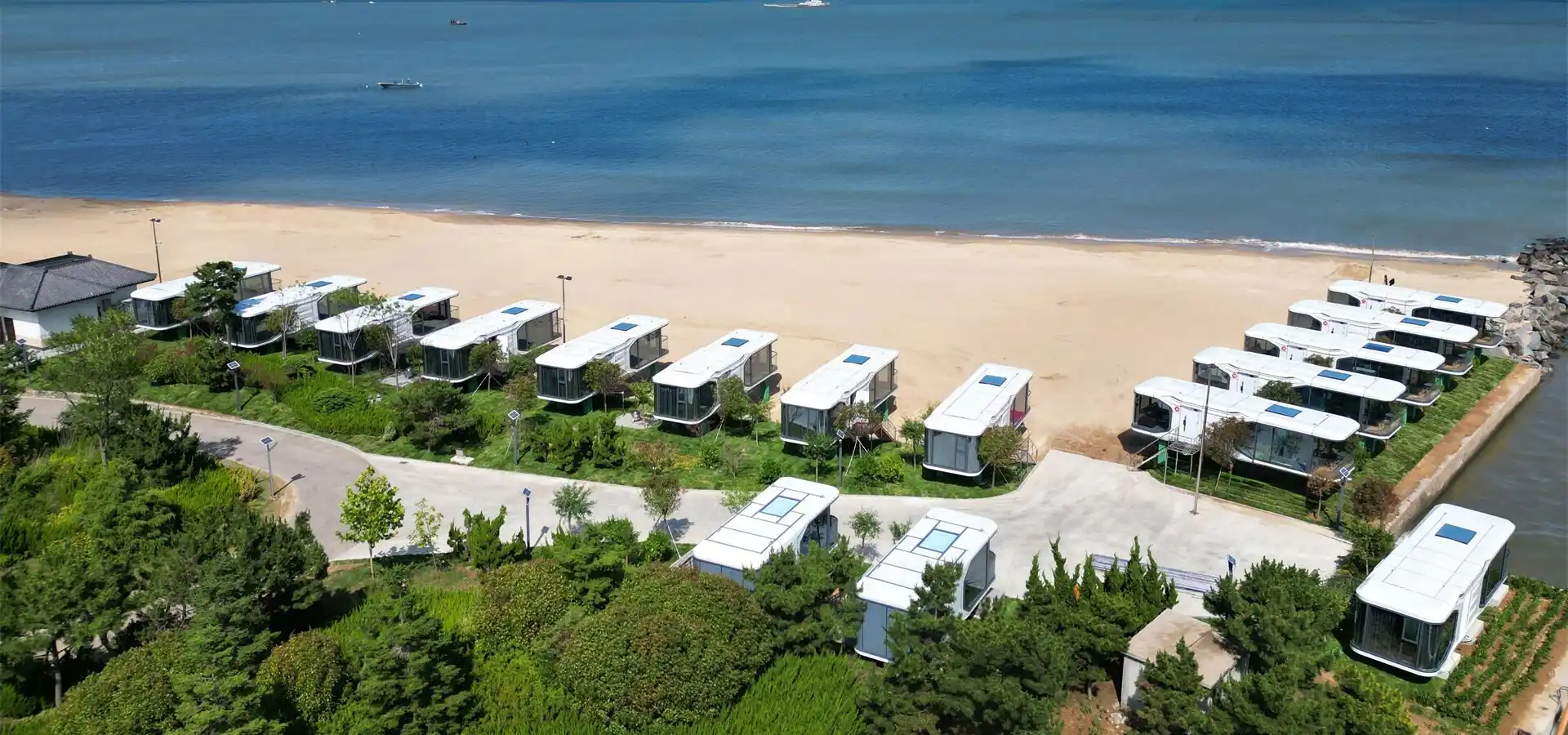
Final Thoughts
Space Capsule Houses are more than just compact homes—they’re a new way to live smart, green, and efficient. They respond to urgent urban challenges: limited space, rising costs, and environmental concerns. Starlink Building Technology’s cutting-edge modular designs place you at the forefront of this housing revolution.
Explore Starlink’s latest models and innovations at Starlink Space Capsule Houses. Join us as we build the future—one capsule at a time.


